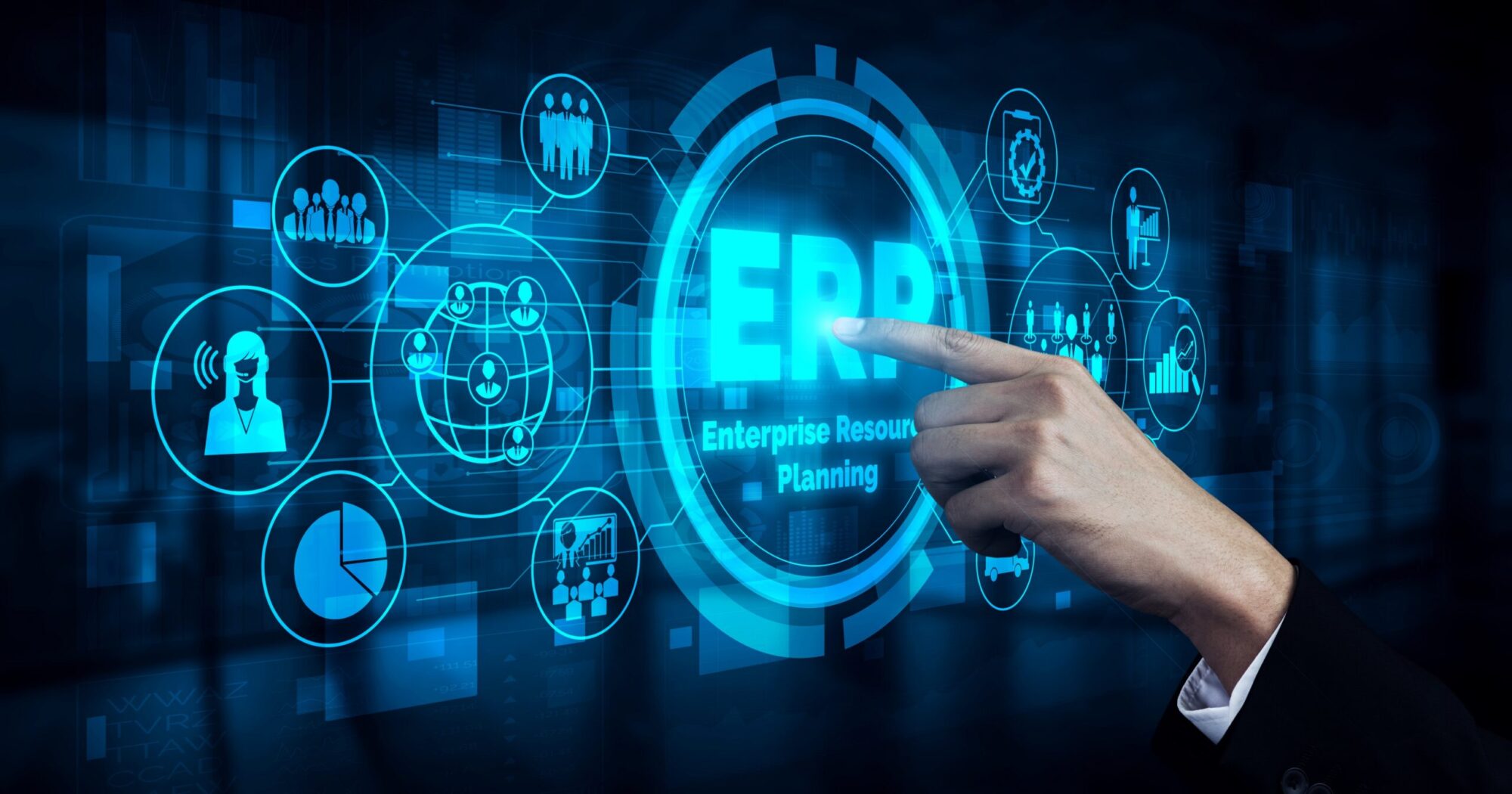In the rapidly evolving landscape of higher education, universities and academic institutions are increasingly turning toward digital solutions to streamline their operations. One of the most transformative tools in this context is the University Management System (UMS), powered by Enterprise Resource Planning (ERP) technology. A well-implemented UMS-ERP system is not just software—it’s a strategic asset that facilitates automation, transparency, and efficiency across all facets of university administration.
What is a University Management System (UMS)?
A University Management System is a comprehensive, integrated software platform that manages and automates the core functions of a university or higher education institution. From admissions and academics to finance, human resources, and alumni relations, a UMS provides centralized control, data accuracy, and workflow automation across departments.
By leveraging ERP architecture, the system unifies all operational units under one umbrella, ensuring real-time data flow, reduced manual errors, and informed decision-making.
Why Do Universities Need ERP Automation?
The traditional management of educational institutions involves labor-intensive, paper-based processes prone to delays and inaccuracies. As student populations grow and compliance requirements become more complex, universities face mounting pressure to modernize their infrastructure. Here’s where an ERP-driven UMS becomes critical.
Key Drivers for University Automation:
- Operational Efficiency
Automation eliminates redundant administrative tasks, freeing staff to focus on strategic initiatives. - Centralized Data Access
Real-time access to accurate, integrated data improves coordination between departments. - Enhanced Student Experience
From online admissions to digital classrooms, ERP solutions make student services faster, more reliable, and user-friendly. - Compliance and Reporting
Automated systems ensure adherence to accreditation standards and simplify regulatory reporting. - Scalability and Customization
Whether for a small college or a large university, ERP systems scale to meet the institution’s needs.
Core Modules of a University ERP System
A robust UMS-ERP system comprises multiple modules that interact with each other through a centralized database. Below are some of the essential modules:
1. Admissions Management
- Online applications and registration
- Document verification
- Entrance exam and interview scheduling
- Automated merit list generation
2. Academic Management
- Timetable and course scheduling
- Curriculum and syllabus tracking
- Attendance and performance monitoring
- Assignment and grading systems
3. Student Lifecycle Management
- Centralized student profiles
- Course enrollment and academic progression
- Communication portals (email, SMS, push notifications)
4. Faculty and HR Management
- Recruitment and onboarding
- Payroll and leave management
- Performance appraisals
- Training and development tracking
5. Finance and Accounts
- Budget planning and monitoring
- Tuition fee management
- Online payments and receipts
- Financial reporting and auditing
6. Library Management
- Catalog management
- Book issuance and return tracking
- Digital library integration
- Fine and overdue alerts
7. Examination and Evaluation
- Exam scheduling
- Result processing and publishing
- Mark sheets and transcripts generation
- Online assessments
8. Hostel and Transport Management
- Room allocation and occupancy tracking
- Vehicle and route planning
- Maintenance and safety logs
9. Alumni and Placement Portal
- Alumni network management
- Job postings and placements tracking
- Feedback and mentorship programs
Benefits of Implementing a University ERP System
🎓 For Students
- Easy access to academic records
- Seamless course registration
- Online fee payment and exam results
- Improved communication with faculty
🧑🏫 For Faculty
- Simplified academic scheduling
- Digital attendance and grading
- Access to student performance analytics
🏢 For Administration
- Real-time monitoring of institutional performance
- Reduced manual workload
- Enhanced transparency in finance and HR
🧮 For Management
- Better decision-making through analytics and reports
- Strategic resource allocation
- Improved stakeholder engagement
Challenges in ERP Implementation
Despite its benefits, ERP implementation in universities is not without challenges:
- High Initial Investment: The upfront cost of deploying a comprehensive ERP system can be significant.
- Resistance to Change: Faculty and staff accustomed to legacy systems may resist new technologies.
- Customization Needs: Each institution has unique workflows that may require custom development.
- Training and Adoption: Continuous training is required to ensure that users make full use of the system’s capabilities.
- Data Migration: Transferring legacy data into the new system needs careful planning and execution.
Future Trends in University ERP Systems
As technologies evolve, so do the capabilities of University ERP systems. Some emerging trends include:
- AI & Machine Learning: Personalized learning paths, predictive analytics for student performance, and smart resource planning.
- Cloud-Based ERPs: Lower infrastructure costs, remote access, and better scalability.
- Mobile Access: Native apps for students and faculty to access services on-the-go.
- Integration with LMS & MOOCs: Seamless learning experiences across platforms.
- Blockchain for Credential Verification: Tamper-proof degree issuance and alumni verification.


